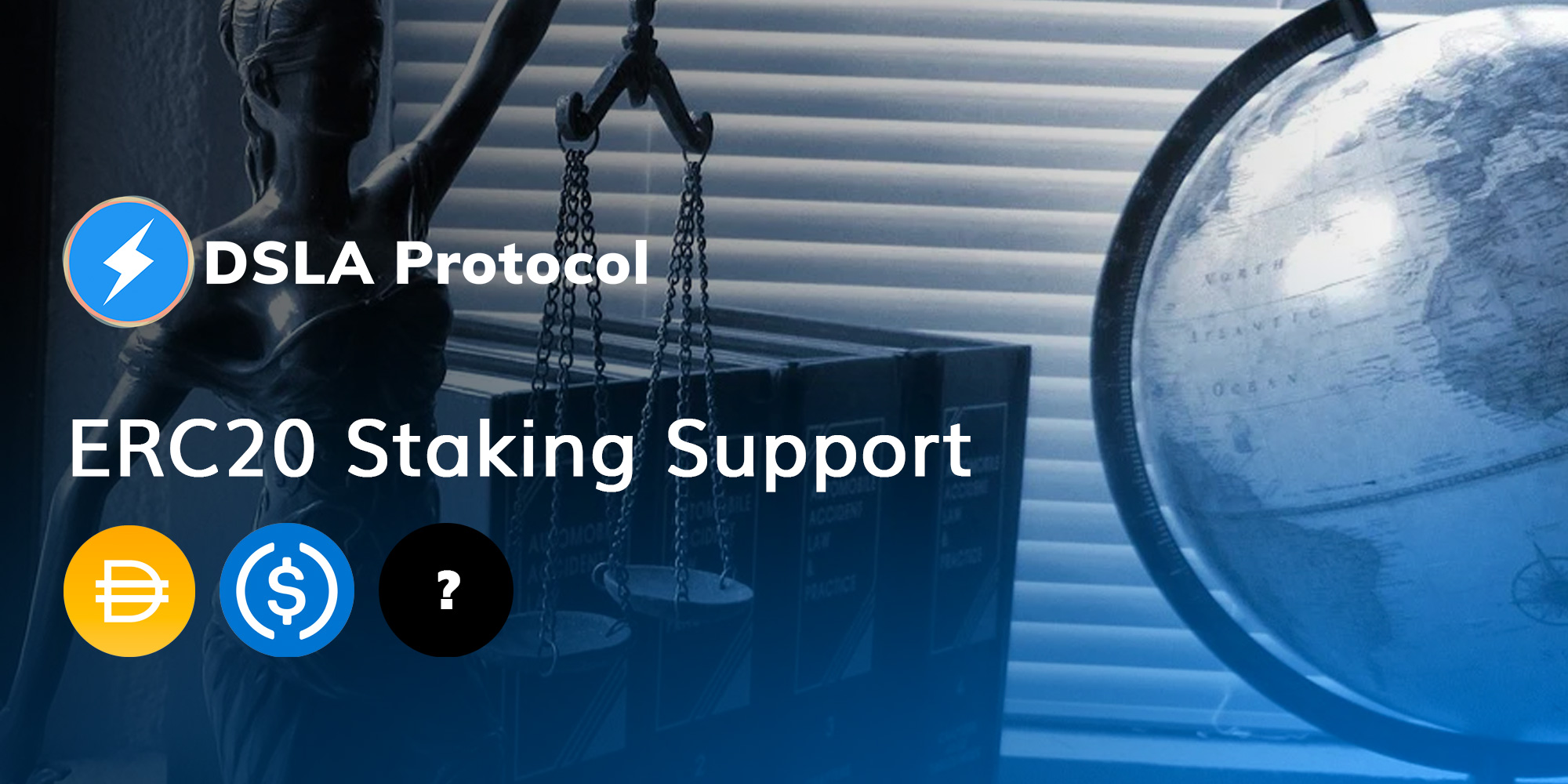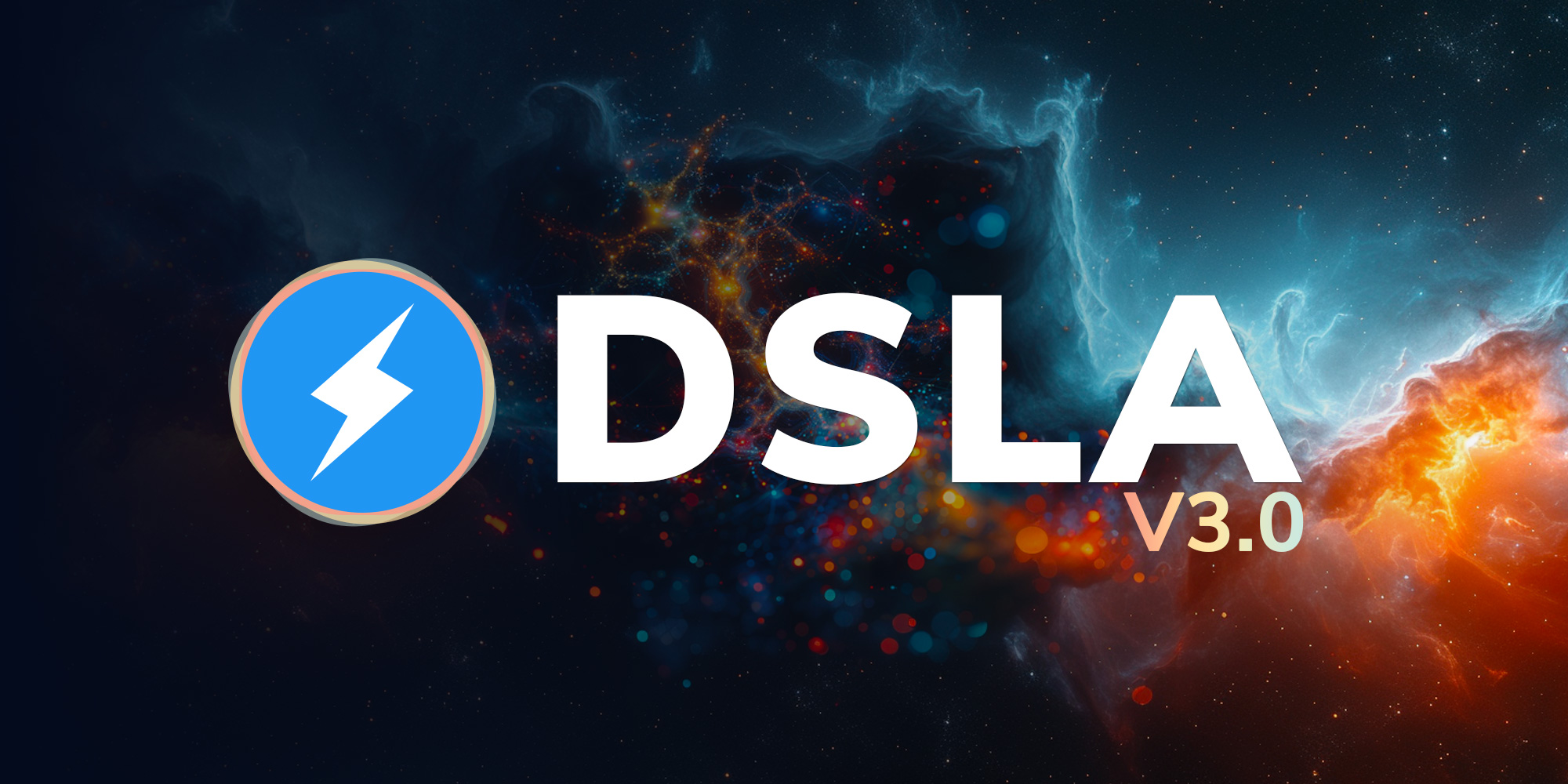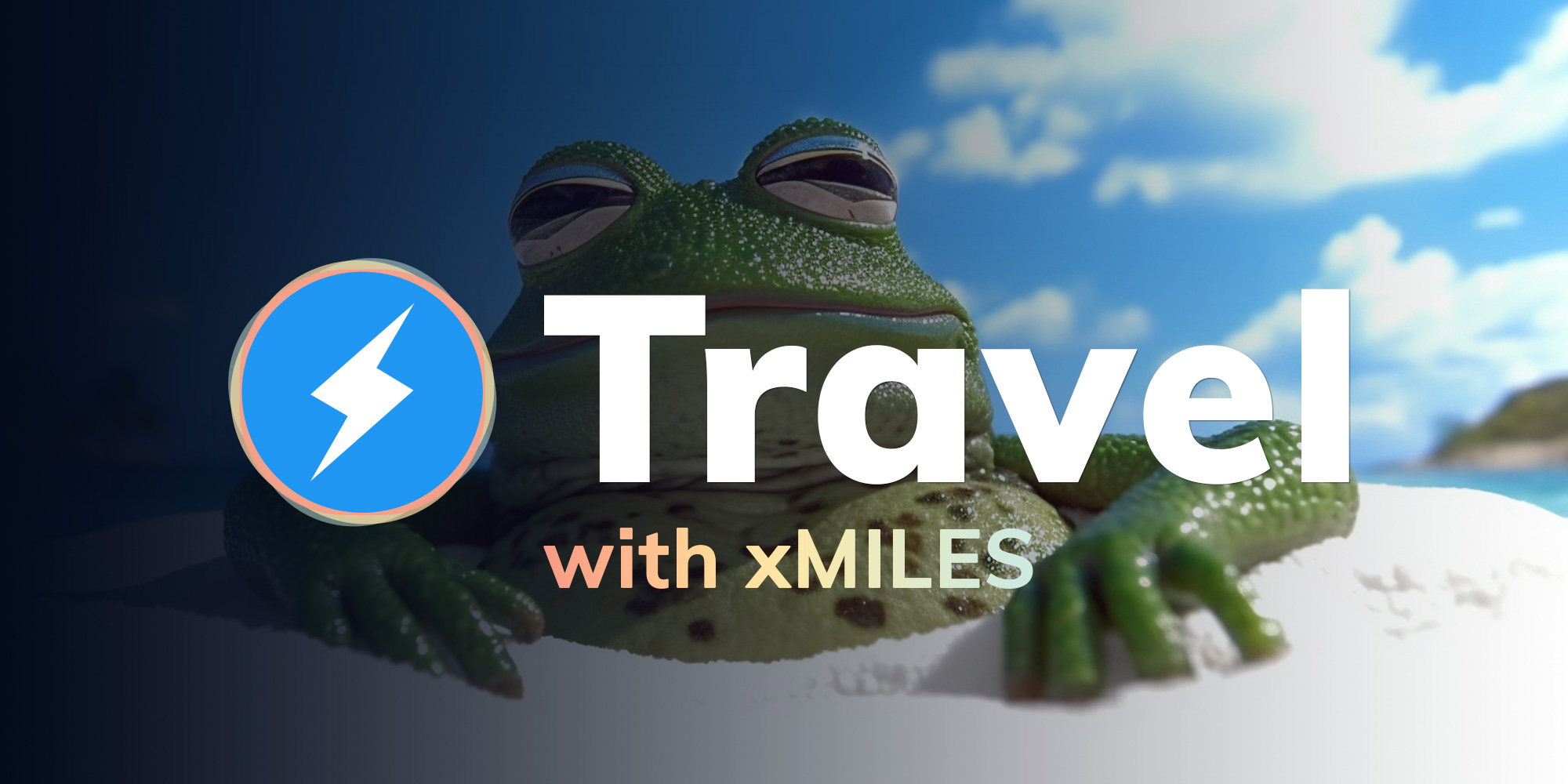DSLA Protocol to support ERC20 Stablecoins at launch, Selected Utility Tokens later

DSLA Protocol Staking
While a lot of the conversation has been focusing the compensation capabilities of DSLA Protocol, DSLA Staking is one of the most important pilars of the DSLA experience, and a key utility of the DSLA token.
To give service customers access to a rich, open marketplace of peer-to-peer service level agreements, we designed DSLA Staking Rewards as crypto-economic incentives that stimulate the creation of agreements, and justify adding liquidity to existing agreement pools to further empower possible compensation claims.
A two-step, “create and stake” process we call Vouching.
Vouchers are liquidity providers that are vouching for the connectivity, performance or availability of a service they do not necessarily operate themselves.
In exchange for expanding the list of available hedges on the DSLA contract marketplace, and for supporting third-party service providers in their service delivery efforts, DSLA Protocol rewards Vouching Positions, by depleting the insurance premium deposited by service customer every time a DSLA contract is honoured.
This enables DSLA Protocol to ensure better compliance of its operations and create value for liquidity providers beyond generating groundless yields, or capturing protocol fees.
ERC20 Stablecoins
Along with DSLA token staking, DSLA Protocol will also support DAI and USDC stablecoins staking to DSLA contracts, at mainnet launch.
This addition will reinforce the protocol’s ability to de-risk the full extent of the value at risk in delegated proof-of-stake networks, from day one. A value, ~$35M per our estimates, that currently exceeds the fully diluted market capitalization of the DSLA utility token ($8M at the time of writing).
DAI and USDC will be added to the DSLA contract creation workflow, and will provide a simple option to reduce proof-of-stake delegators exposure to the volatility of the DSLA token in DSLA compensation scenarios.
Vouchers will have the ability to remain exposed to DSLA in DSLA reward scenarios, as they monitor the early evolution of the DSLA utilituy token market capitalization.
Other ERC20 Tokens
So far, we have shared that anyone can stake DSLA tokens and stablecoins to DSLA contract pools, to empower volatile and stable DSLA reward / compensation scenarios in DSLA Protocol.
But about about other tokens in the ERC20 standard?
We are proud to announce that we are also working with selected partners to add support for their own ERC20 utility token assets to DSLA Protocol, as part of our white labeling and branding effort catering to proof-of-stake network core development teams, and their community of staking pool operators.
Although PayPal and its financial technology legacy enabled third-party service providers to somehow rejuvenate their brand by accepting new currency options in their payment flow, until now, true currencies were largely left out of companies Marketing Mix.
Just like it makes sense for the Elrond Edition of DSLA Protocol to use $eGLD as a native currency, it makes sense for a provider to distribute its own currency to its stakeholders, through the different functional scenarios of the DSLA Protocol.
With cryptocurrency,
DSLA Buy Backs: Road to DAO
In its first year of operation, 50% of all fees captured while using different cryptocurrencies in DSLA contract liquidity pools on the Ethereum mainnet, will be swapped back to DSLA ERC20 utility tokens, and added to the DSLA Protocol’s treasury.
The buybacks will be transparently documented in a monthly report, and the funds auditable by our community. The DSLA Protocol Treasury will serve as a foundation for our upcoming governance efforts, an important topic we will make sure to articulate in a dedicated post soon.
Conclusion
Our vision for the future is that every company in the world will be represented by its own cryptocurrency asset. It’s only natural to make sure that DSLA Protocol can support these assets, to pave the way to customer experience automation practices that are on par with existing branding and loyalty efforts of IaaS, PaaS and SaaS companies.
About DSLA Protocol

As users outsource increasingly more functions of their lives and businesses to third-party service providers, they need better ways to manage their exposure to third-party infrastructure risk. Especially when money is at stake.
DSLA Protocol is a risk management framework that gives anyone the ability to create, monitor and execute decentralized service level agreements and parametric insurance policies.
When the monitored performance of a service is within the thresholds of an agreement, third-party service providers and liquidity providers earn the right to claim a reward from the agreement liquidity pool. Conversely, when an agreement is violated, customers earn the right to claim a compensation.
Win-Win.
To learn more about DSLA Protocol, please visit stacktical.com, browse our official blog, and follow @stacktical on Twitter.



